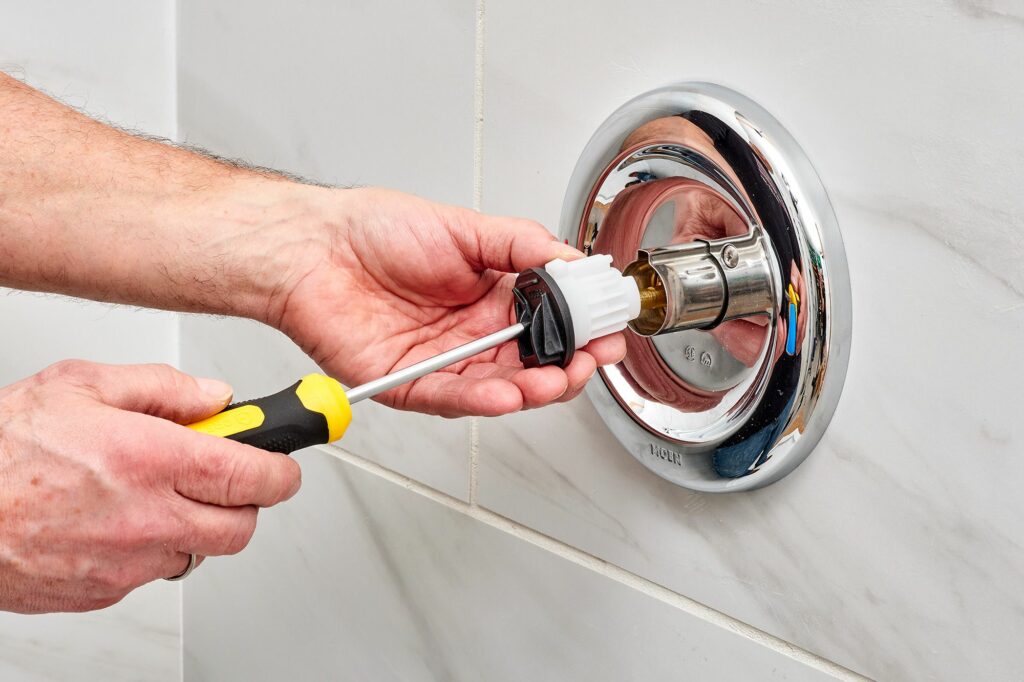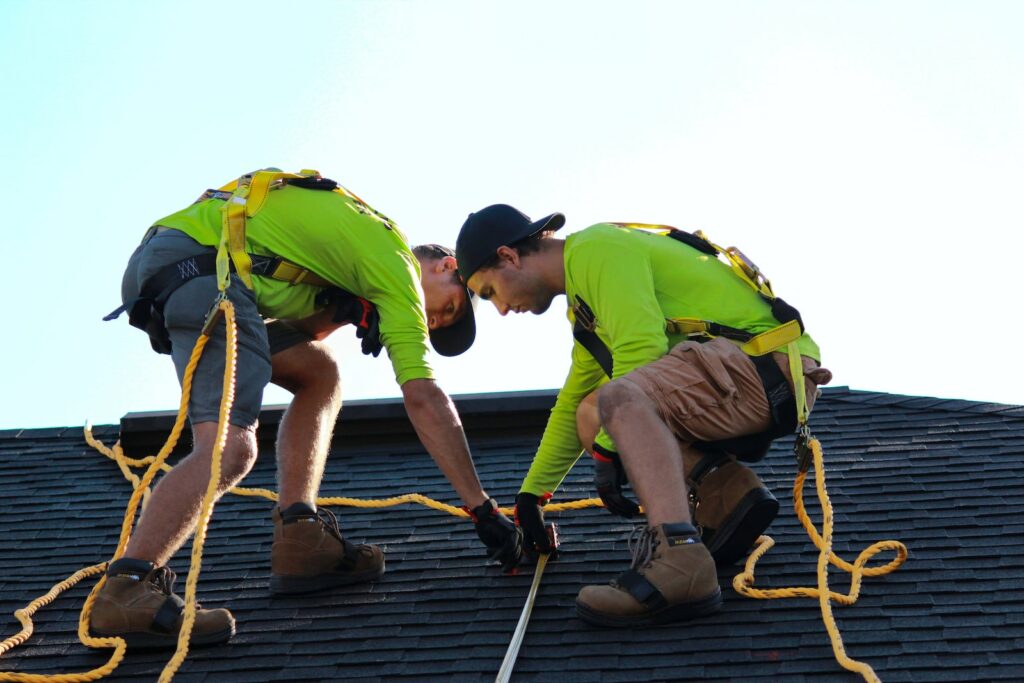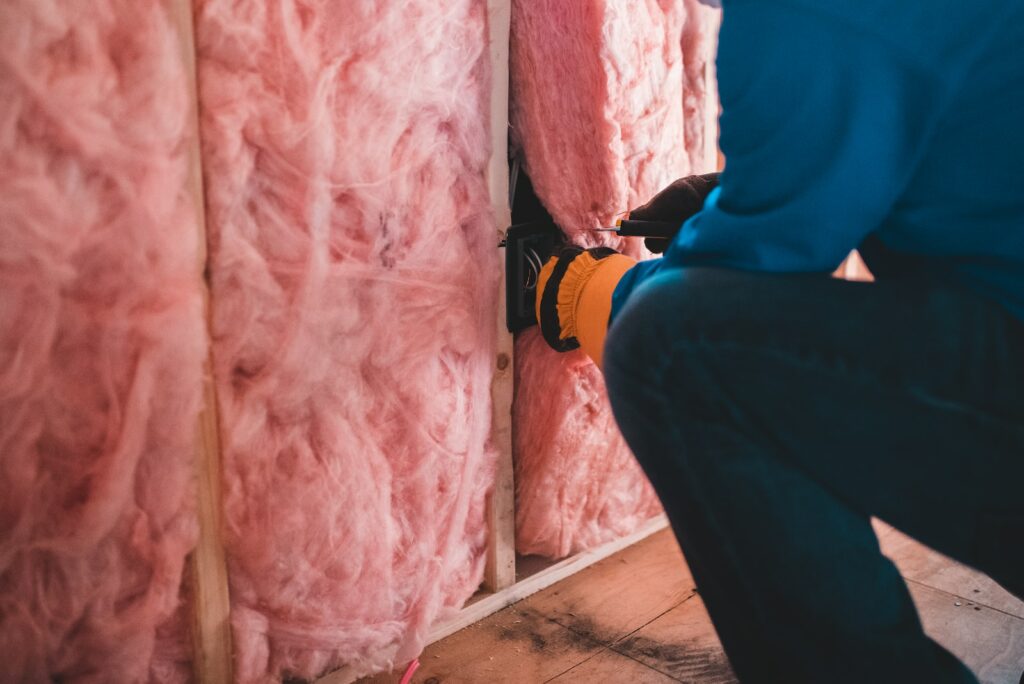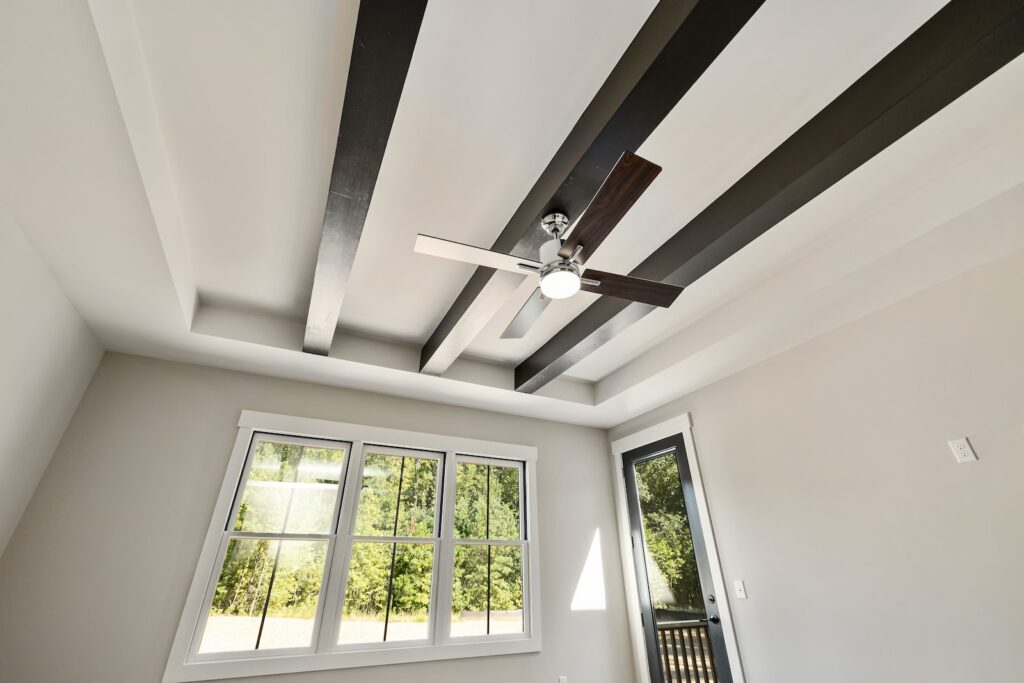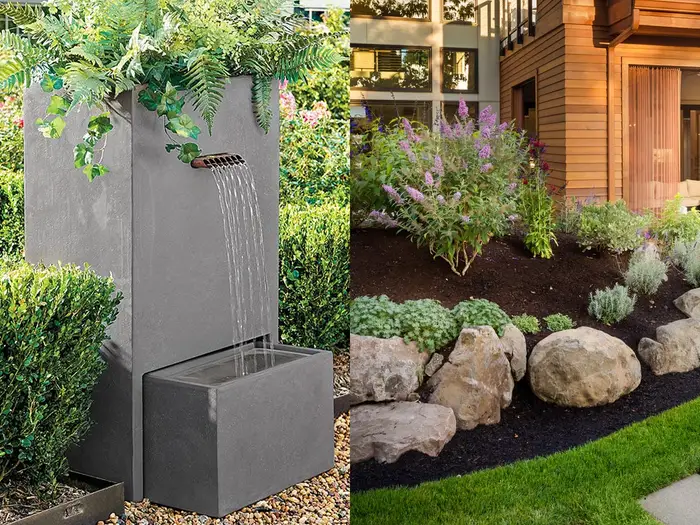Having a Griselinia hedge can be a beautiful addition to any garden. Not only are they aesthetically pleasing, but they are also low-maintenance and incredibly easy to take care of. With a little knowledge and a few simple steps, you can make sure your Griselinia hedge stays healthy and looks great for years to come. Here, we’ll provide some tips and tricks to help you keep your Griselinia hedge in tip-top shape.
Why Should You Care for Your Griselinia Hedge?
Having a Griselinia hedge adds a lot of benefits to your home. Not only do they look great, but they also serve a practical purpose. Hedges provide privacy and act as a windbreak for your home. Additionally, the deep green foliage adds an inviting natural touch to your outdoor space. Griselinia hedges can also act as a noise blocker, helping you protect your peace and quiet.
In order for your Griselinia hedge to reach its full potential, it’s important to care for it properly. Regularly pruning and maintaining your hedge is the key to keeping it healthy and looking its best all year round.
What Are the Benefits of Pruning Your Griselinia Hedge?
Pruning is the process of trimming the branches of a tree or shrub in order to shape it and promote healthy growth. This practice is especially important for Griselinia hedges, as regular pruning helps promote new, healthy growth. Pruning helps keep the hedge at the desired height and fullness. Additionally, it can even help reduce the spread of disease by removing dead or diseased branches.
Finally, pruning is also important for keeping your hedge in line with local regulations. Many areas have height restrictions on hedges in order to ensure safety and protect privacy. Regular pruning ensures that your hedge meets these regulations.
When Should You Prune Your Griselinia Hedge?
The best time to prune your Griselinia hedge is in late spring or early summer (May-July). This is when the hedge has the most energy for healthy new growth and when most of its flowering has finished. During this time, you can safely remove any old, dead branches without compromising the health of the plant.
If you are simply looking to give your hedge a trim, it’s best to wait until early summer. This is when the new growth will fill out evenly and look its best. You should also wait until after any flowering has finished in order to preserve any flower buds that may be present.
How Should You Prune Your Griselinia Hedge?
When pruning your Griselinia hedge, it’s best to use sharp, clean shears or a pair of hedge clippers. This will ensure that you get a nice, even cut and do not damage the branches or leaves. To begin, start at one end of the hedge and work your way toward the other end, making sure that you work on both sides evenly.
When pruning, it’s important to remove only the oldest branches. This will encourage new growth from younger branches and help keep your hedge looking thick and lush. You should also aim to keep your cuts at an angle, rather than straight across, as this will help seal off any wounds left behind after pruning.
How Often Should You Prune Your Griselinia Hedge?
How often you prune your Griselinia hedge depends largely on the size of the hedge and how quickly it grows. If you are looking to maintain a specific shape or size, it’s best to prune at least once a year. If you want to keep your hedge at its maximum size, however, you should prune twice a year—in late spring and early summer (May-July).
If you are unsure how often to prune your hedge, it’s best to get advice from a local expert. They will be able to assess your particular situation and determine what type of maintenance schedule is best for your Griselinia hedge.
What Are Some Other Maintenance Tips for Your Griselinia Hedge?
In addition to regular pruning, there are a few other maintenance tips you should follow in order to keep your Griselinia hedge looking great all year long.
First, make sure to fertilize the hedge at least once a year in early spring. Use an all-purpose fertilizer specifically designed for use on hedges or shrubs. This will help ensure that your hedge gets all of the necessary nutrients for healthy growth and development.
It’s also important to keep an eye out for pests and diseases. If you notice any signs of infestation or infection, it’s best to contact a local expert as soon as possible in order to prevent further spread of the problem.
Finally, be sure to water your Griselinia hedge regularly—at least once a week during dry spells or periods of extreme heat. This will help ensure that the soil remains moist and that the roots have access to enough water for healthy growth.
Are There Any Precautions I Should Take?
When caring for your Griselinia hedge, there are a few precautions you should take in order to ensure that no harm comes to either yourself or the plant:
• Always wear gloves when working with the hedge in order to protect yourself from potential cuts or scratches.
• Make sure that any tools you are using are sharp and free of rust before beginning work on the hedge.
• Be careful not to overwater your hedge or overfertilize—this can damage the roots and lead to unhealthy growth.
• Do not trim too much off at once—a little bit goes a long way with Griselinia hedges! Always make sure that your cuts are small and controlled so as not to damage the plant.
• If you suspect any signs of infection or infestation, contact a local expert as soon as possible for help in dealing with it.
Conclusion
Having a Griselinia hedge can be a great addition to any garden—but only if it is cared for properly! By following the tips outlined above, you can make sure that your hedge stays healthy and looks great all year round. Regular pruning and maintenance helps promote new, healthy growth while keeping your hedge in line with local regulations and regulations regarding hedges’ height. Additionally, a few simple maintenance tips such as fertilizing and watering regularly help ensure that your hedge is getting all of the necessary nutrients for healthy growth and development. By taking these steps, you’ll have a lush Griselinia hedge that adds beauty and privacy to your outdoor space for years to come!
Time & Expense Estimates
The time required for care and maintenance of a Griselinia hedge varies depending on the size of the hedge. If you only need to give it a trim, you can expect to spend between one and four hours on this task each year; however, if you are pruning back larger areas of the hedge or dealing with disease or pests, this could take significantly longer—upwards of eight hours or more!
In terms of expenses, taking care of a Griselinia hedge should not cost too much money if done correctly. You will likely need to purchase shears or clippers as well as an all-purpose fertilizer specifically designed for use on hedges or shrubs; however, these items should only cost around $30-50 in total.



